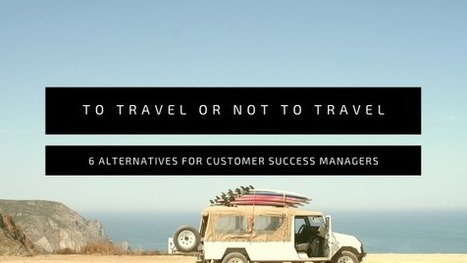Employee recognition is crucial to companies' business success. Learn in what specific ways it improves customer satisfaction.
Research and publish the best content.
Get Started for FREE
Sign up with Facebook Sign up with X
I don't have a Facebook or a X account
Already have an account: Login

Hiring top talent is only the start. Now you have to work hard to keep your very best talent. Most companies stink at structured and systematic retention of their top performers. Discover how to prevent turnover and keep your best people.
Curated by
Barry Deutsch
 Your new post is loading... Your new post is loading...
 Your new post is loading... Your new post is loading...
|
|














Many Vistage size companies treat recognition and non-monetary rewards like it's an afterthought. Many abandoned whatever they were doing when Covid hit. My belief is that you should double down on recognition when some or all of your workforce is virtual. The thing I liked most about this article was the linkage between recognized employees/engaged employees and customer satisfaction.